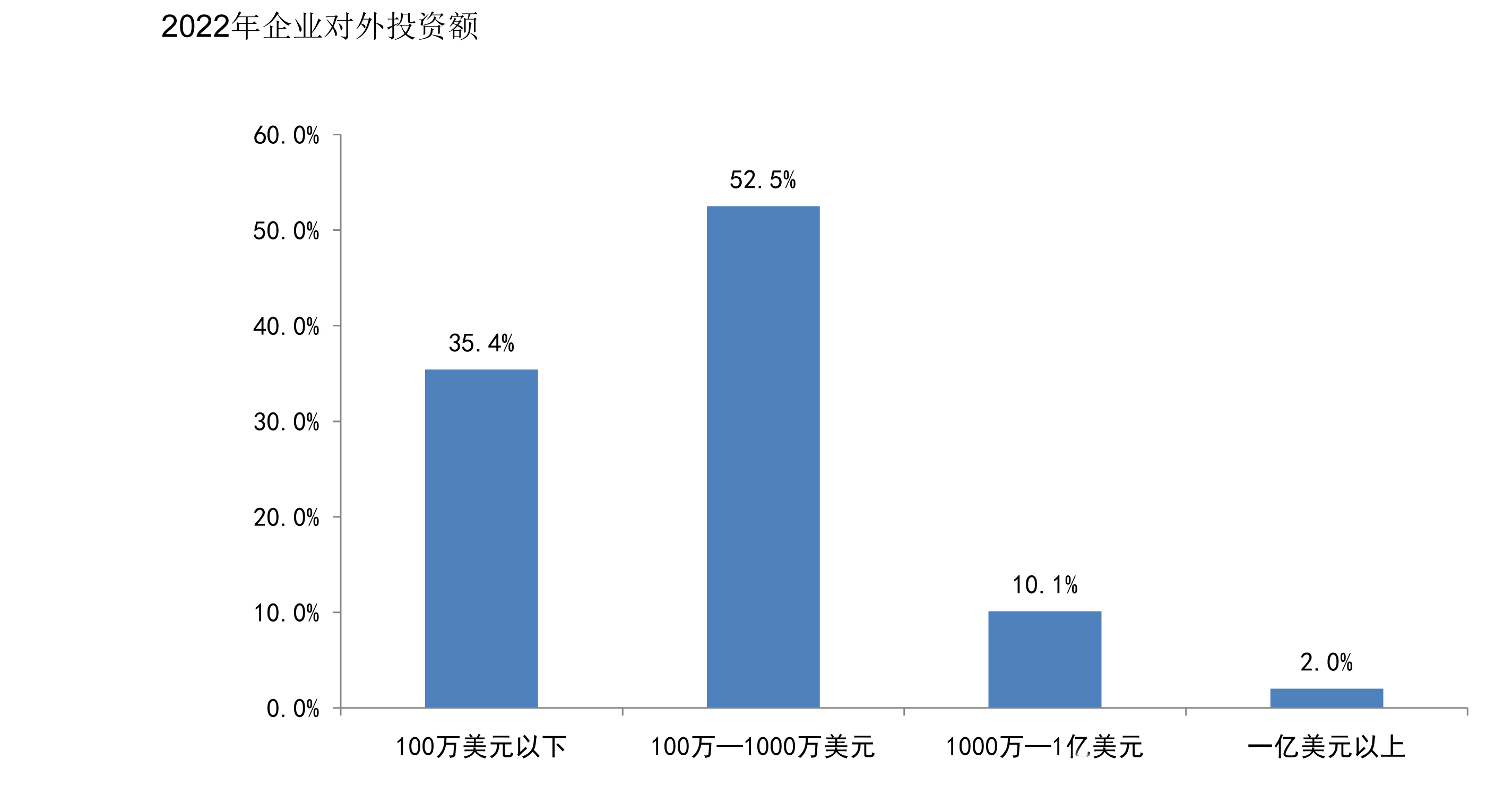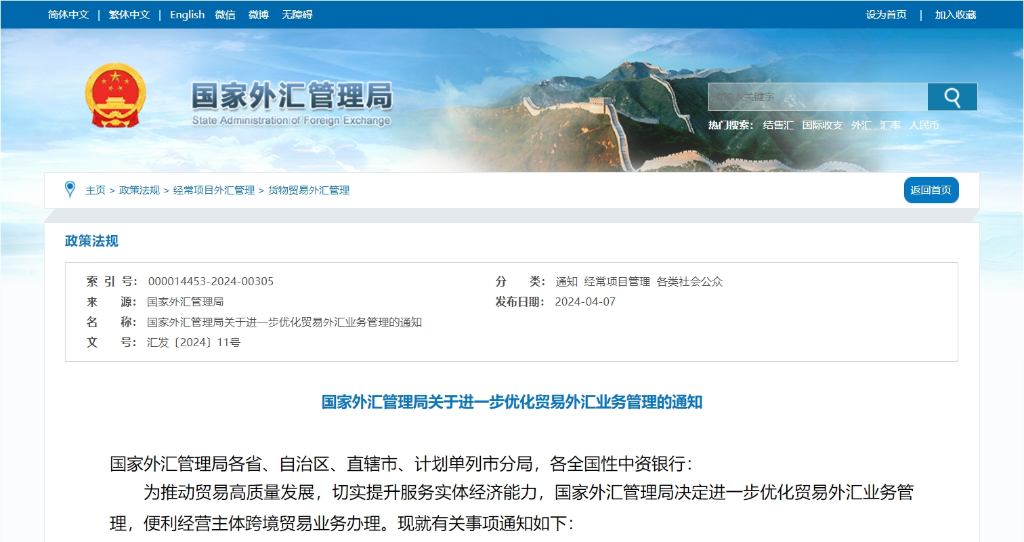Source: International Business Daily Author: Qin Zhigang 2024-04-08 10:11:28
In recent years, rising protectionism in international trade, increasing unilateralism in global governance, and the resulting shock and impact on global supply chains have raised concerns about signs of "de-globalization."
However, research by global logistics giant DHL shows that globalization is still vibrant and potential. DHL's latest DHL Global Connectivity Report 2024 notes that internationally traded goods now travel farther than before the pandemic and beyond major geographic regions. Global connectivity, measured by the depth and breadth of flows of trade, capital, information, and people, remains close to that level in 2023 after reaching a record high in 2022. This is due in large part to the growth of the Asia-Pacific region and the opportunities that this brings. The Asia-Pacific region is poised to become a hub for global trade growth. Among them, China still plays an important role.
With the transfer of some orders from the United States to the Asia-Pacific region, more and more Asia-Pacific markets have expanded and deepened their international trade capabilities, participated in global trade, strengthened global connectivity, and consolidated the position of the Asia-Pacific region as a major global trade hub. It is predicted that the Asia-Pacific region will be the fastest growing region for imports and exports this year. For example, the Asian Economic Outlook and Integration Process 2024 Annual Report forecasts that, supported by relatively strong consumption and proactive fiscal policies, Asian economic growth is expected to be higher than 2023, reaching about 4.5%.
As one of the most important economies in the Asia-Pacific region, China has continued to play its role as an engine and made important contributions to the economic growth of the region. According to the Asian Development Bank report, China contributed more than 60 percent of the economic growth in the Asia-Pacific region, and also contributed 37.6 percent of the growth of trade in goods and 44.6 percent of the growth of trade in services.
The data show that while China's share of U.S. imports has declined in recent years, its share of the value added of U.S. consumer goods has risen, because increased U.S. imports from emerging markets tend to include components from China. In the case of laptops, from 2017 to 2022, the number of US notebook imports from Vietnam surged, while at the same time, the number of notebook parts imported by Vietnam from China also surged.
The decline in data flows between China and the United States is in contrast to the high level of connectivity that has remained between China and the United States over the past two decades. Although the two countries are geographically far apart and have cultural and institutional differences, the DHL Global Connectivity report shows that China and the US remain highly connected in terms of trade, capital, information and people flows.
Despite geopolitical tensions and changing global trade dynamics, globalization has remained resilient. With the sustained economic growth of the Asia-Pacific region, new progress in regional cooperation and further recovery of the Chinese economy, the Asia-Pacific will become an engine driving global economic recovery.
To maintain global connectivity and achieve global economic growth, cross-border trade cooperation and openness are more important than ever.
Responsible Editor: Ge Yan









